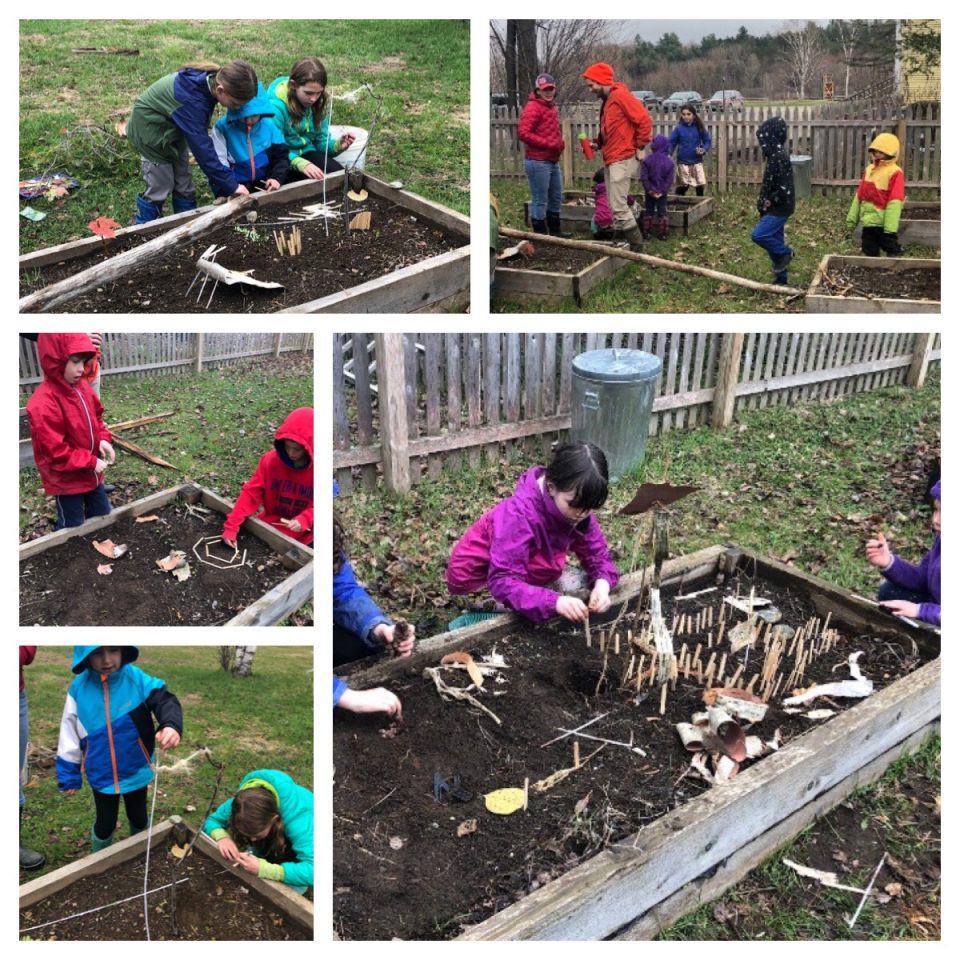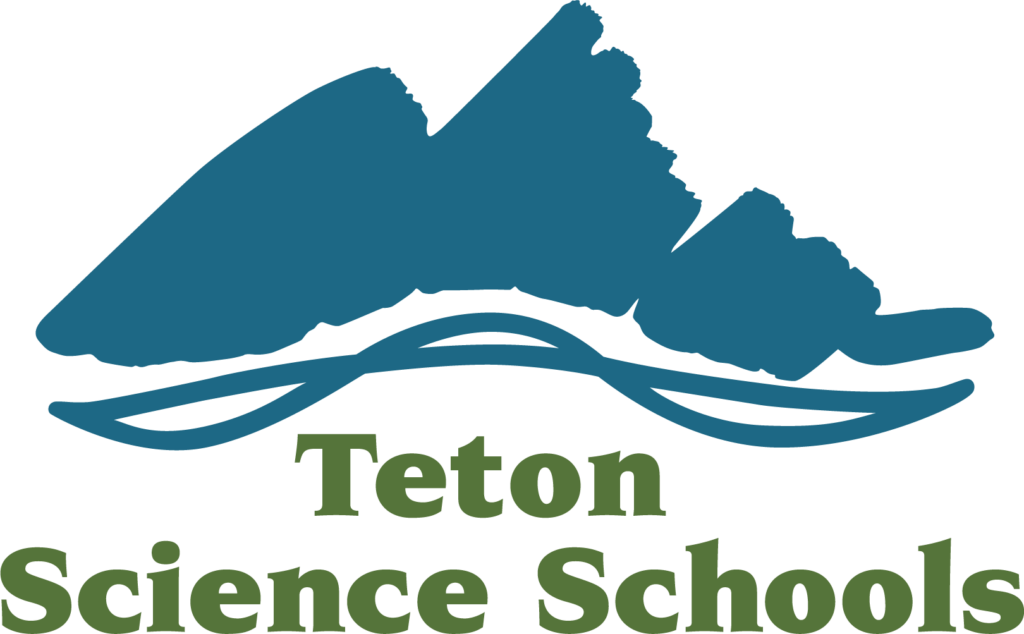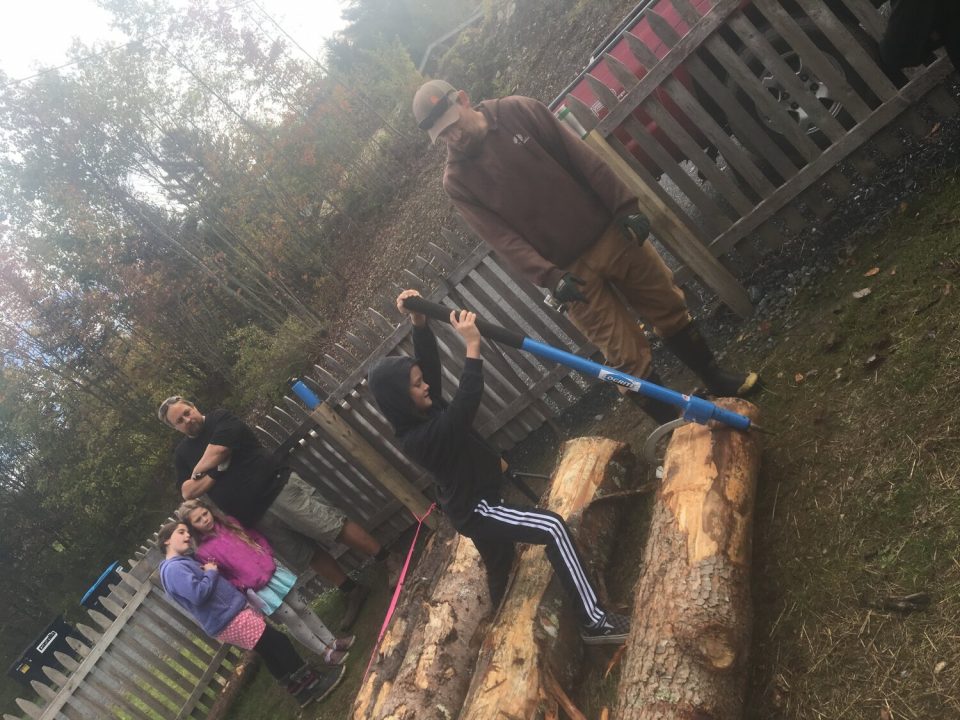
Driving Questions
Why is play important? What can we learn from play?
Grades Involved
3rd-5th
How did this project connect to the local or regional community?
We began the 2019-20 school year at our brand new campus in Morrisville, which has provided our students with unique opportunities to engage in the learning process while actually designing their own learning environment. We also welcomed two MRS parents as visitors; they served as experts to help students with new knowledge and skills needed to finalize their play space.
What PBE Principles were highlighted in this project?
Design Thinking
What content areas were highlighted in this project?
Mathematics, Arts & Music, Science, Character & SEL
Project Description
Building on last year’s initial exploration of the importance of play in learning, Meadows students in grades 3-5 were challenged to design an outdoor play space where the younger members of our school community in grades PK-2 could play, explore and construct with natural materials. To start, Meadows students used the Design Thinking process to identify solutions – beginning by establishing a general understanding of the challenge and engaging in a class brainstorm. Ideas were plentiful, as students drew from prior experiences and their study of play at the end of last year. Students made detailed concept drawings to bring their ideas to life. They then revised their designs multiple times after getting to walk the play space site, ask clarifying questions, present to educator Amanda for feedback, and demonstrate to their peers. Finally, they came together as a class to create a final design proposal.
With their final design proposal in hand, Meadows students were ready to bring their concepts to life. After marking out play space areas with flagging tape, students needed to take measurements of the area and lay out their design on grid paper. They used math to calculate and document perimeter, area, volume, and diameter. Accurate measurements and calculations were necessary for proper placement of objects and ordering of supplies – like mulch.
Watching the delivery of some massive local logs – and marveling at the strength of the hydraulic arm that lifted them like toothpicks – was an exciting moment. Once delivered, students tried rolling the logs into place. They learned quickly they needed to rethink their plan. MRS Parents, Noel and Jim, brought the necessary tools and knowledge to help students move the logs. Students had the chance to experience using a peavey to coax the logs into place, creating barriers for the sand, rock and mulch pits they had included in their design.
The Play Space Project is not over yet. In fact, this is just Phase I. There are still supplies to be delivered, and work to be done.
How did this positively impact community? How was it shared?
Students had the opportunity to design and bring to life a play space on the new campus to support the youngest students in their community, the PK- 2nd grade students. Meadows students made presentations of their refined concepts to the PK-2nd teacher, who was able to share what she liked about the designs and thought would work especially well for the youngest community members, including: a rock, sand and mulch pit, an open grass section, and a loose parts area. As the elements of the play space are completed, the youngest students will enjoy having this new play space!
What was the biggest challenge? What was the most rewarding aspect of this project?
The biggest challenge was the timeframe in which it took to acquire the different materials. The project was spread out a bit more than we would have liked. It would have been nice for the project to be more condensed. In the end we pushed off adding a few of the play elements like the water table, loose parts storage and tile pavers until the spring.
The most rewarding part of the project was watching students come together collaboratively to merge their ideas for the final play area. Each of the 4 groups had at least one of their ideas represented in the final design. The other rewarding part was watching the students’ physical implementation and labor during the project. It was amazing to watch students create systems with wheelbarrows, buckets, and shovels in order to get rocks, mulch, and sand over and around the existing fence. Having the opportunity to move the logs with the peavey was definitely a new learning experience and exciting for all, especially after our first and unsuccessful attempt to roll the logs ourselves.
This design thinking challenge provided the perfect opportunity to highlight and reflect on the different components of the design process. After the initial “sky’s the limit” brainstorm we found it was critical to generate a list of materials possible for the project based on their initial ideas. This helped provide tangible ideas for the second round of designing.
Reflections
“Let go of your own ideas of what the end product will look like. If you provide visual resources and ample time for generating solutions, the children’s ideas will then guide the process. (Letting go can be hard at times!)” – Jen Volansky, Mountain River School


